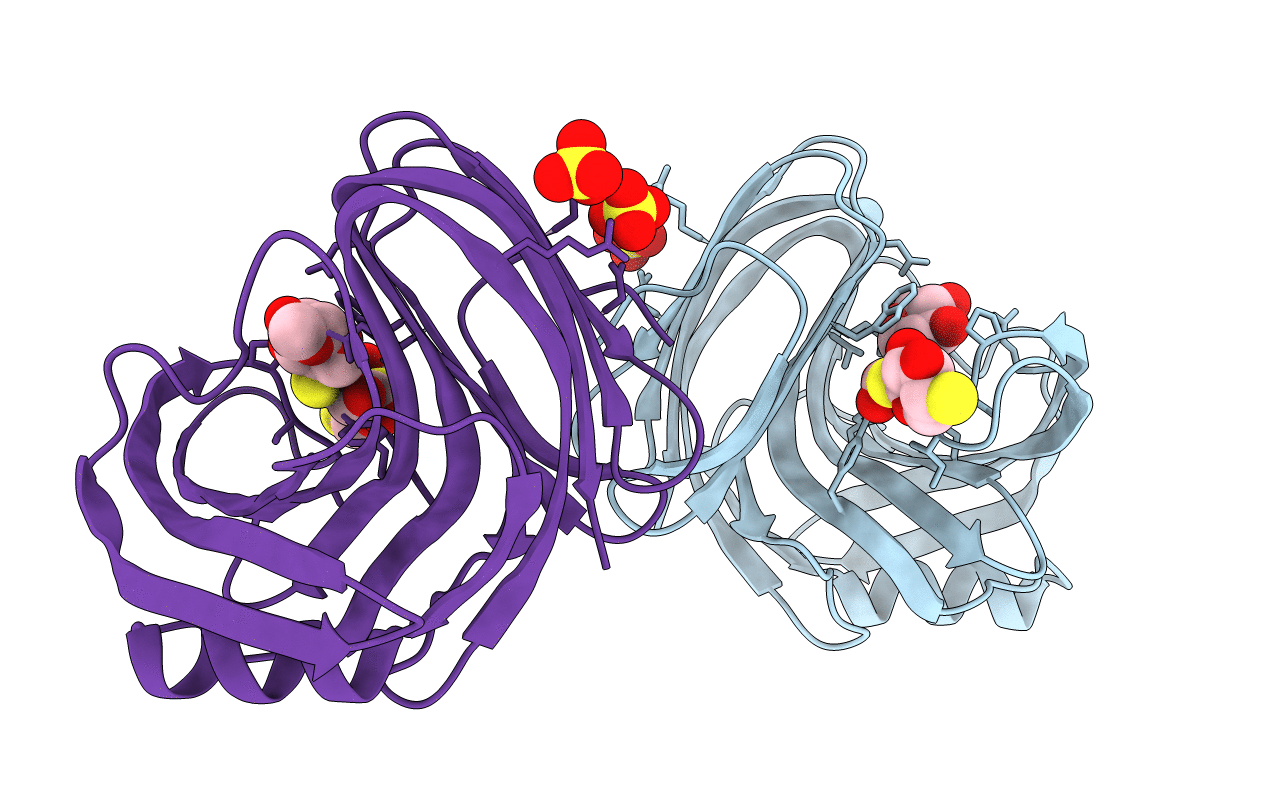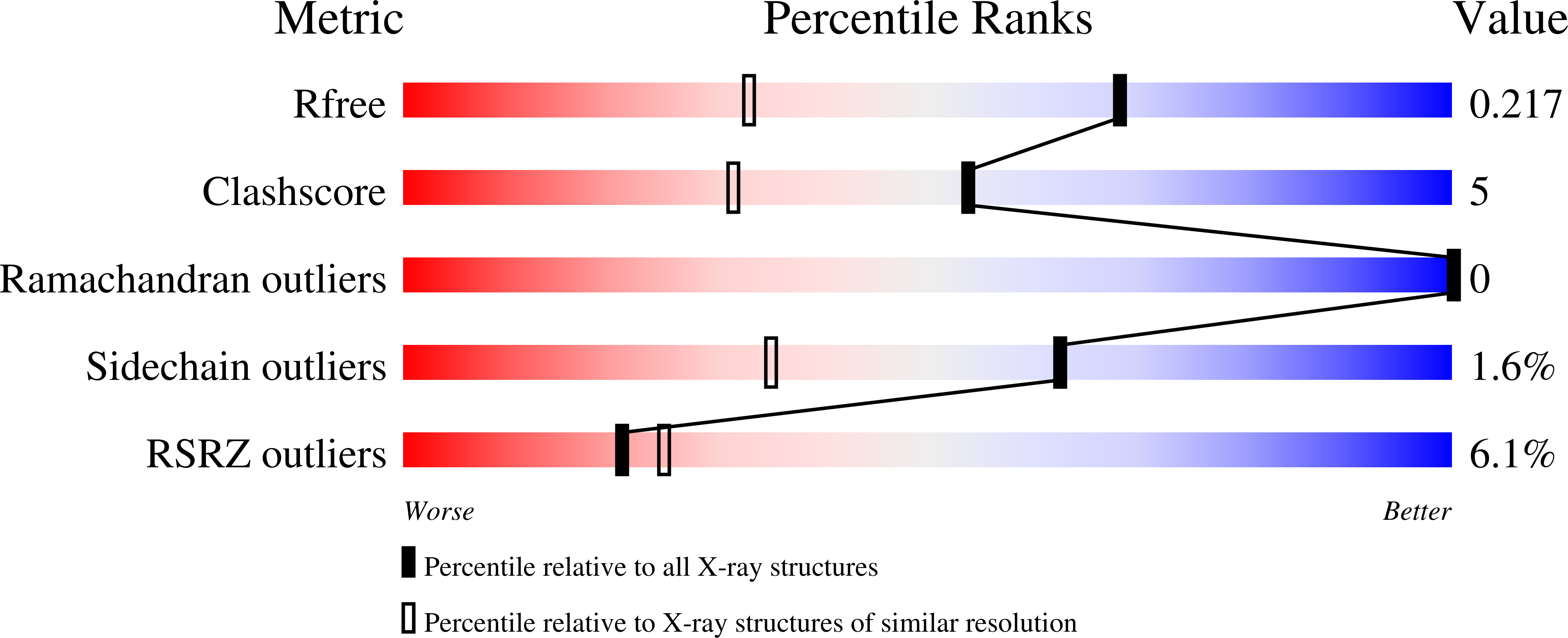Abstact
Noncovalent binding of thioxylo-oligosaccharide inhibitors, methyl 4-thio-alpha-xylobioside (S-Xyl2-Me), methyl 4,4II-dithio-alpha-xylotrioside (S-Xyl3-Me), methyl 4,4II,4III-trithio-alpha-xylotetroside (S-Xyl4-Me), and methyl 4,4II,4III,4IV-tetrathio-alpha-xylopentoside (S-Xyl5-Me), to three family 11 endo-1,4-beta-xylanases from Trichoderma reesei (TRX I and TRX II) and Chaetomium thermophilum (CTX) was characterized using electrospray ionization Fourier transform ion cyclotron resonance (FT-ICR) MS and X-ray crystallography. Ultra-high mass-resolving power and mass accuracy inherent to FT-ICR allowed mass measurements for noncovalent complexes to within |DeltaM|average of 2 p.p.m. The binding constants determined by MS titration experiments were in the range 10(4)-10(3) M-1, decreasing in the series of S-Xyl5-Me>or=S-Xyl4-Me>S-Xyl3-Me. In contrast, S-Xyl2-Me did not bind to any xylanase at the initial concentration of 5-200 microM, indicating increasing affinity with increasing number of xylopyranosyl units, with a minimum requirement of three. The crystal structures of CTX-inhibitor complexes gave interesting insights into the binding. Surprisingly, none of the inhibitors occupied any of the aglycone subsites of the active site. The binding to only the glycone subsites is nonproductive for catalysis, and yet this has also been observed for other family 11 xylanases in complex with beta-d-xylotetraose [Wakarchuk WW, Campbell RL, Sung WL, Davoodi J & Makoto Y (1994) Protein Sci3, 465-475, and Sabini E, Wilson KS, Danielsen S, Schulein M & Davies GJ (2001) Acta CrystallogrD57, 1344-1347]. Therefore, the role of the aglycone subsites remains controversial despite their obvious contribution to catalysis.



